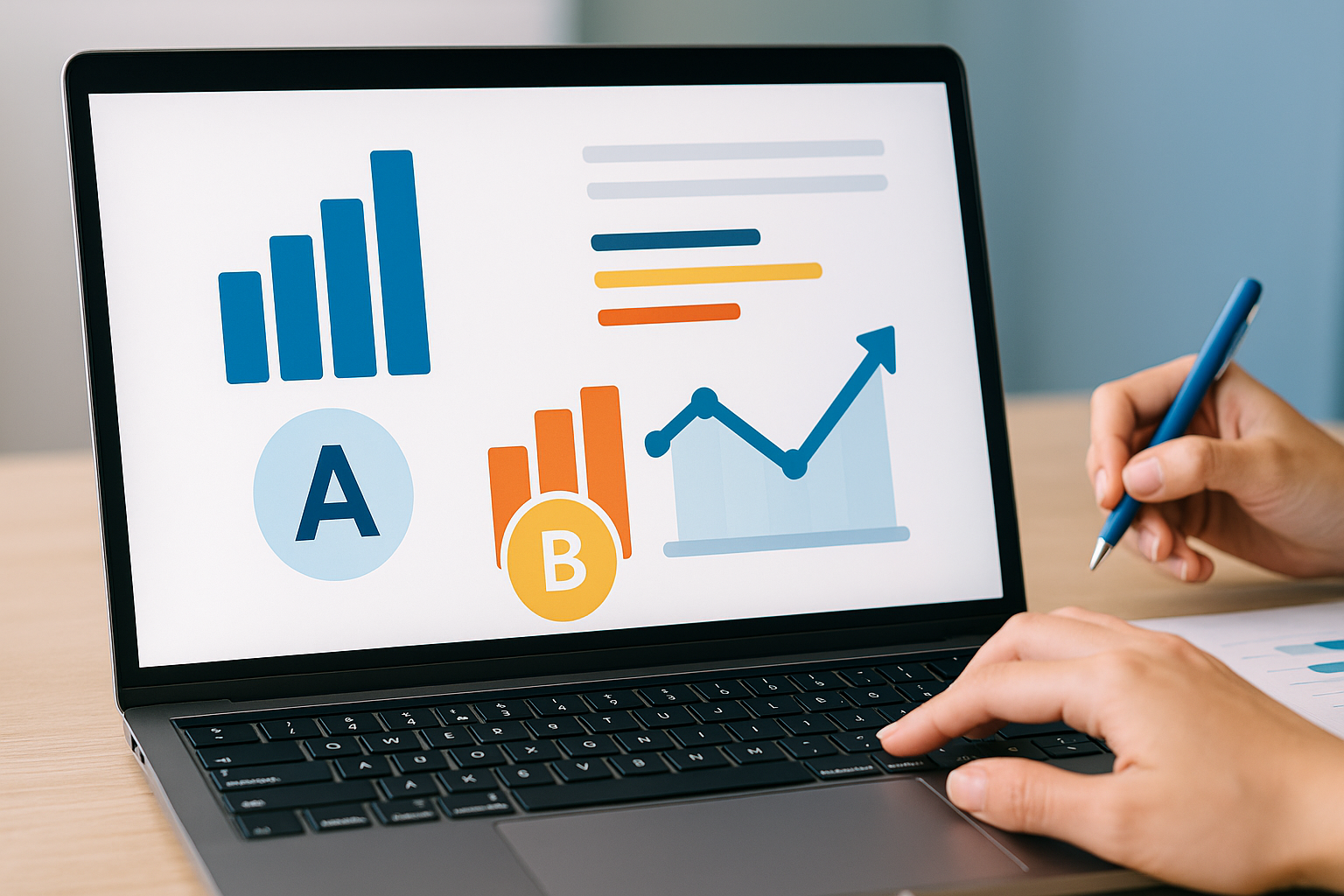
A/B Testing in Sampling Campaigns: How to Optimize Your Strategy
Introduction
In the fast-paced world of consumer marketing, optimization is key. Brands need to know what works, what doesn’t, and how to continually refine their efforts to maximize impact. That’s where A/B testing becomes invaluable. When applied to sampling campaigns, A/B testing can illuminate the most effective strategies for product placement, messaging, targeting, and more. In this article, we’ll explore how A/B testing can enhance your sampling efforts, share best practices, and offer real-world tips to ensure your campaign delivers results.
What Is A/B Testing in Sampling?
A/B testing, also known as split testing, is the process of comparing two (or more) versions of a campaign element to determine which performs better. In the context of sampling, this could mean testing:
- Two different types of sample packaging
- Varying product bundles
- Distinct email follow-up messages
- Personalized vs. generic sample assignments
- Timing of delivery or survey prompts
By analyzing consumer responses and behavior across different test groups, marketers can make data-driven decisions to fine-tune their sampling campaigns for maximum engagement and ROI.
Why A/B Testing Is Critical in Sampling Campaigns
Sampling is not just about giving away free products—it’s a strategic method to build awareness, drive conversions, and foster loyalty. A/B testing allows brands to:
- Identify which campaign variables are most effective
- Avoid wasting resources on ineffective strategies
- Enhance personalization through validated data
- Increase response rates to feedback and surveys
- Achieve higher conversion and retention metrics
In short, A/B testing helps brands invest where it matters most.
Key Elements You Can A/B Test in Sampling
1. Sample Packaging
First impressions count. You can test different designs, colors, or eco-friendly materials to see which generates a stronger emotional response.
Example Test:
- Group A receives a sample in a sleek, minimalist pouch
- Group B gets the same sample in vibrant, branded packaging
Measure recipient satisfaction, social shares, and likelihood to repurchase.
2. Product Combinations
Offering multiple products in a sample kit? Test different combinations to see which grouping drives better overall sentiment or conversion.
Example Test:
- Group A receives a shampoo and conditioner
- Group B receives shampoo, conditioner, and a mini styling gel
Track user feedback, purchase intent, and product reviews.
3. Messaging and Storytelling
Test the effectiveness of storytelling, personalization, or call-to-action language in inserts or follow-up messages.
Example Test:
- Message A focuses on product benefits
- Message B highlights brand values and mission
Measure click-through rates, survey completions, and user engagement.
4. Sampling Channel
Different platforms yield different results. A/B test whether your audience responds better via email, SMS, in-app prompts, or social media.
Example Test:
- Channel A: Sampling opportunity via Instagram Stories
- Channel B: Sampling invitation through targeted email
Compare acceptance rates, demographic differences, and follow-through.
5. Timing and Follow-Up
When and how you engage users after they receive their samples can make a huge difference.
Example Test:
- Group A receives a follow-up survey 3 days after delivery
- Group B receives the same survey after 7 days
Track survey completion rates and quality of responses.
Best Practices for A/B Testing in Sampling Campaigns
1. Test One Variable at a Time
To ensure clarity in your results, change only one element between test groups. Testing multiple changes at once can muddy the data and reduce your ability to make actionable decisions.
2. Define Clear KPIs
Know what success looks like. Whether it’s conversion rate, engagement, product ratings, or customer satisfaction, setting measurable goals is key.
3. Use a Sufficient Sample Size
Small differences can be statistically insignificant unless you have enough data. Make sure your test groups are large enough to draw meaningful conclusions.
4. Automate and Analyze with AI
Platforms like Samplify use AI to automate the A/B testing process, collect feedback efficiently, and identify patterns in user behavior, making optimization faster and smarter.
5. Act on the Insights
The ultimate goal is improvement. Don’t let data sit idle. Use your insights to refine the next wave of your campaign or to inform product development and positioning.
Real-World Application: A Case in Point
A popular FMCG brand used A/B testing with Samplify to trial two different calls-to-action in their follow-up messages. One was a direct prompt to purchase; the other encouraged users to share their experience on social media.
Outcome:
- The social share prompt led to a 60% increase in user-generated content.
- The direct purchase prompt generated a 15% higher conversion rate.
By learning what each approach achieved, the brand implemented a hybrid follow-up message, which increased overall engagement by 35%.
Conclusion
A/B testing brings scientific precision to the art of sampling. In a world where consumer preferences are ever-evolving, testing and optimization are the best ways to ensure your brand stays relevant and impactful. Whether you’re refining your messaging, adjusting your delivery method, or improving product presentation, A/B testing can turn good sampling campaigns into exceptional ones. Embrace the data, iterate constantly, and let insights guide you to more effective, loyalty-building strategies.